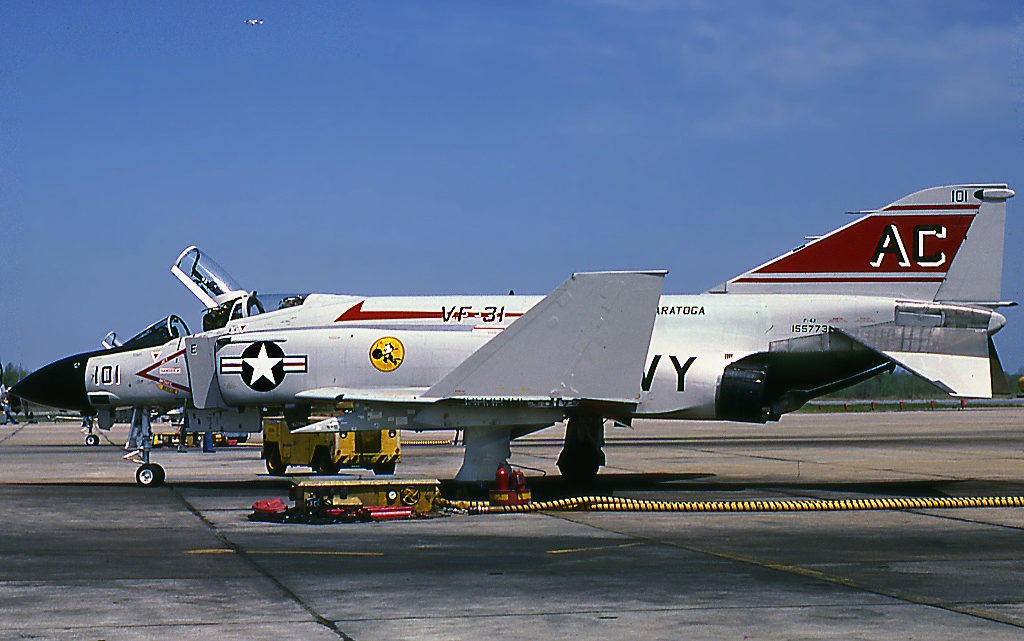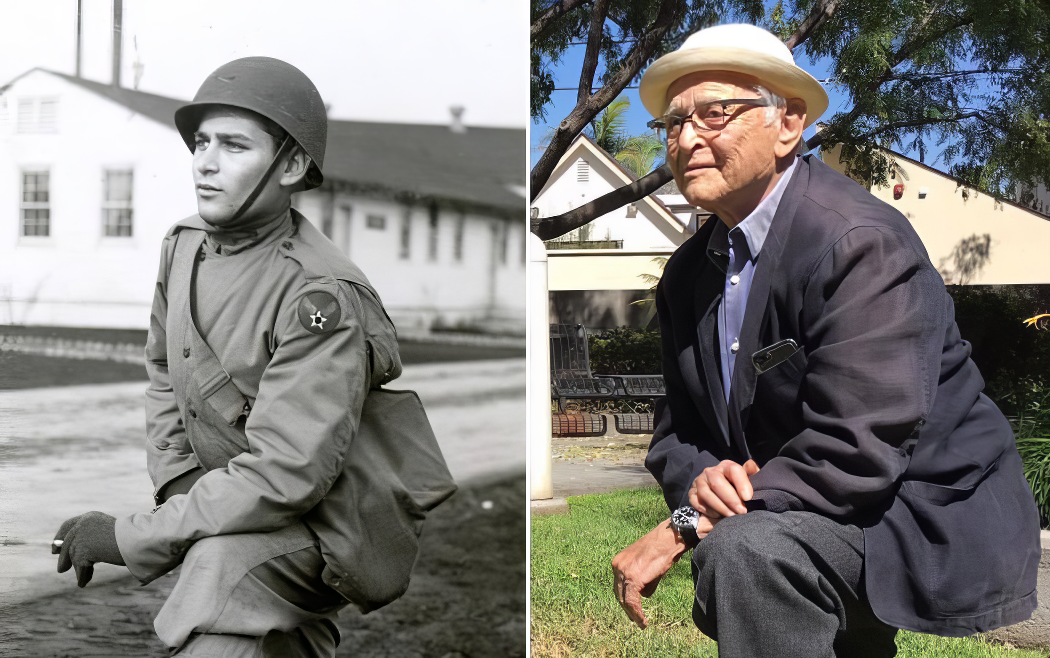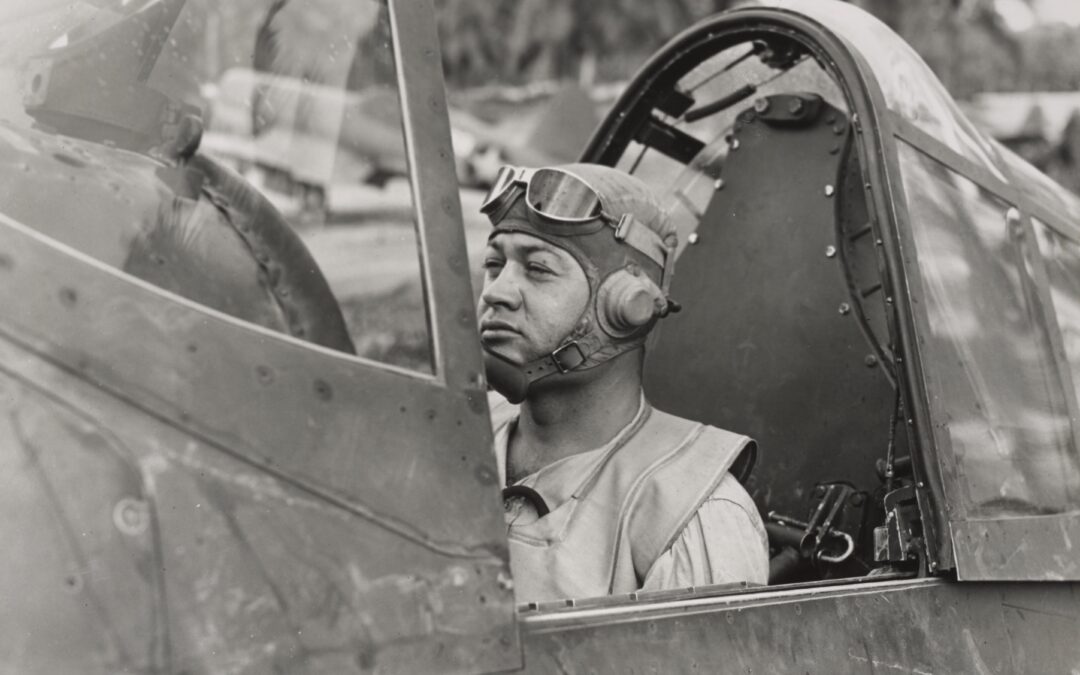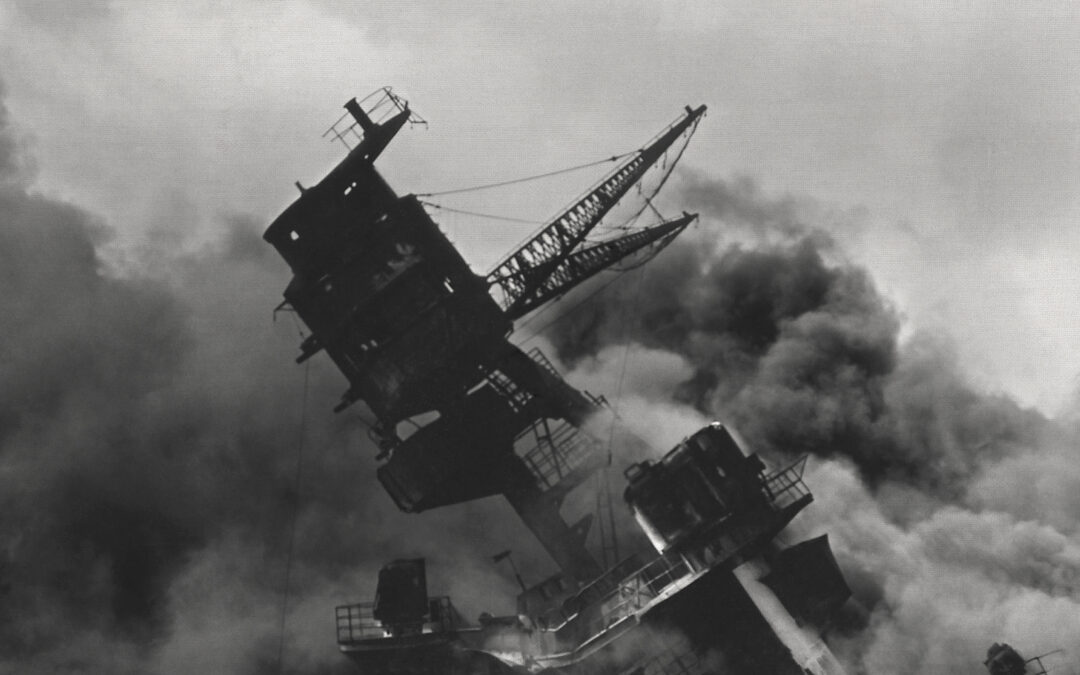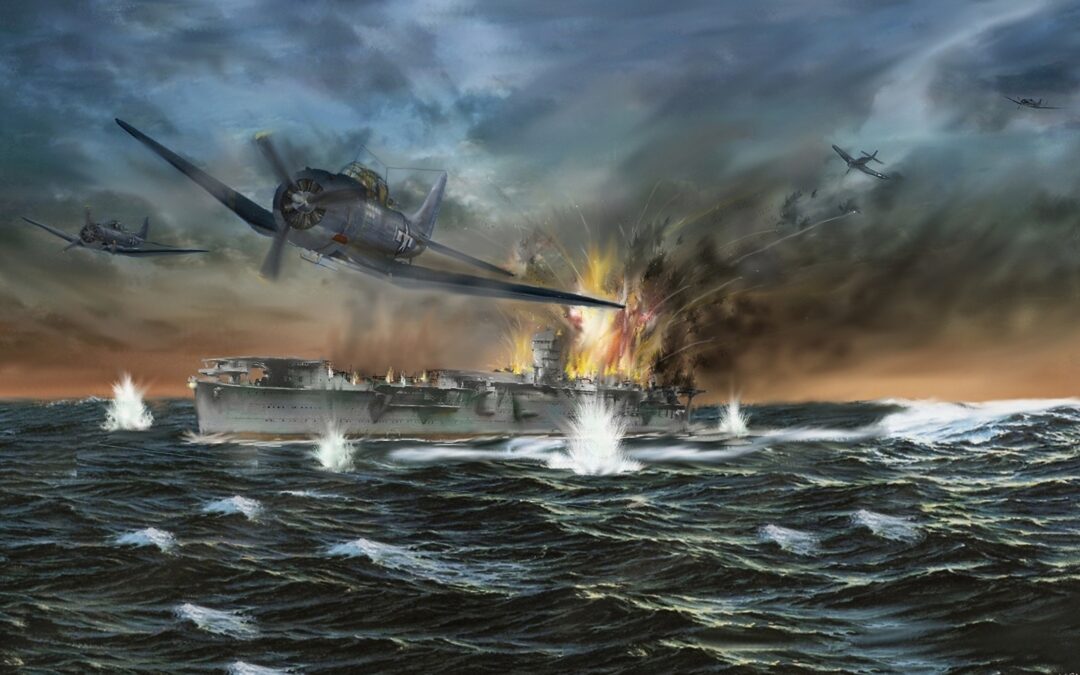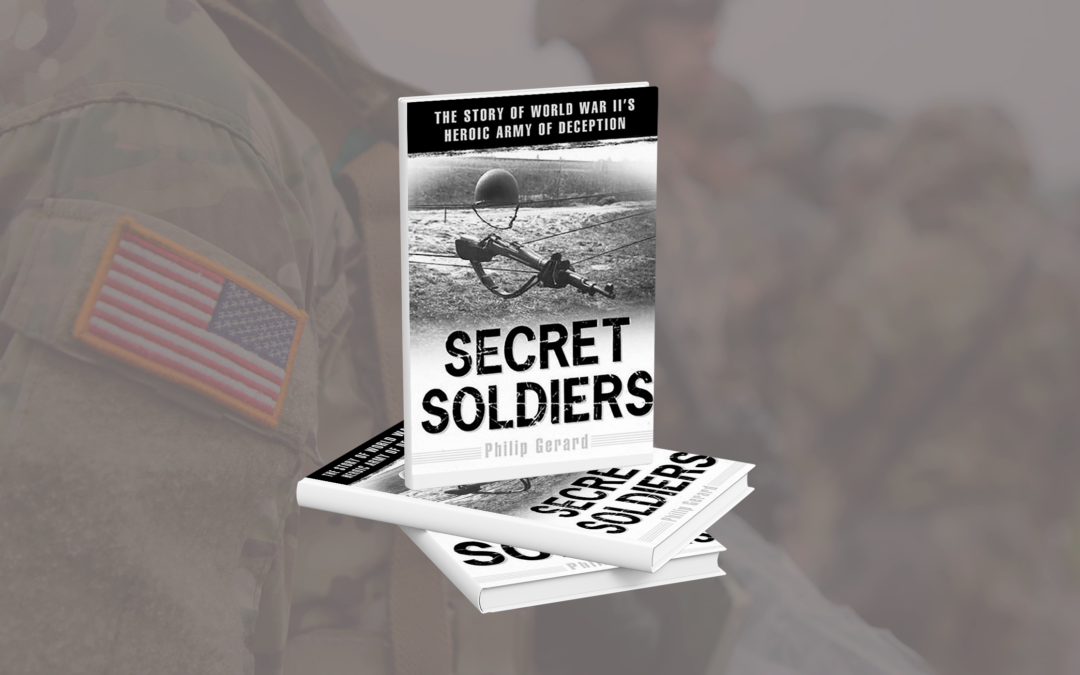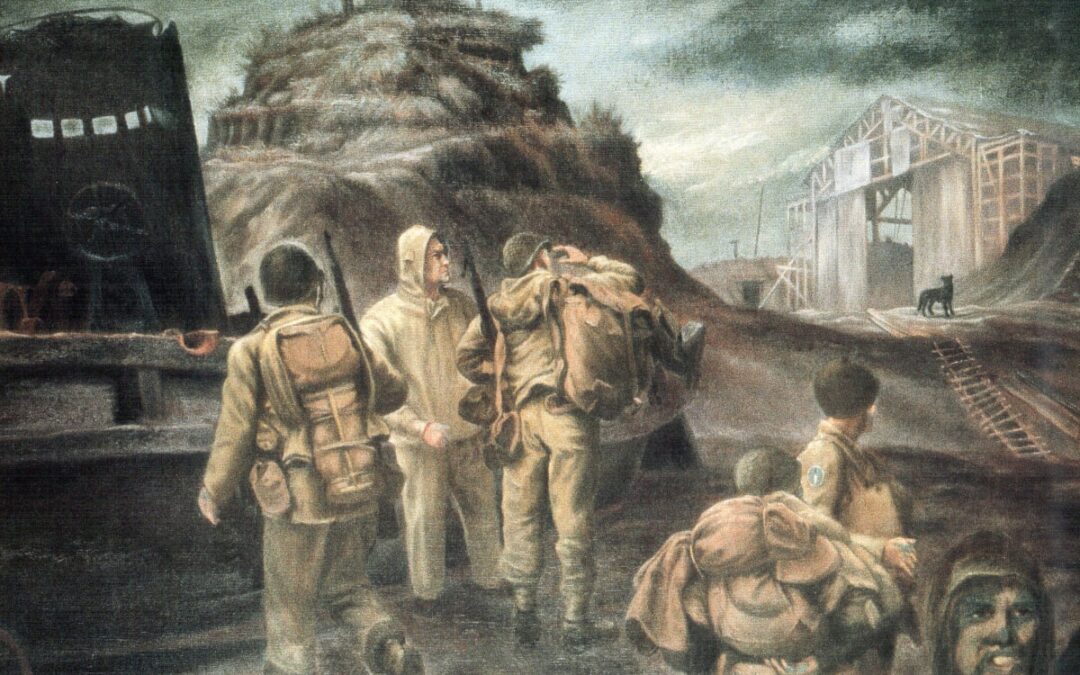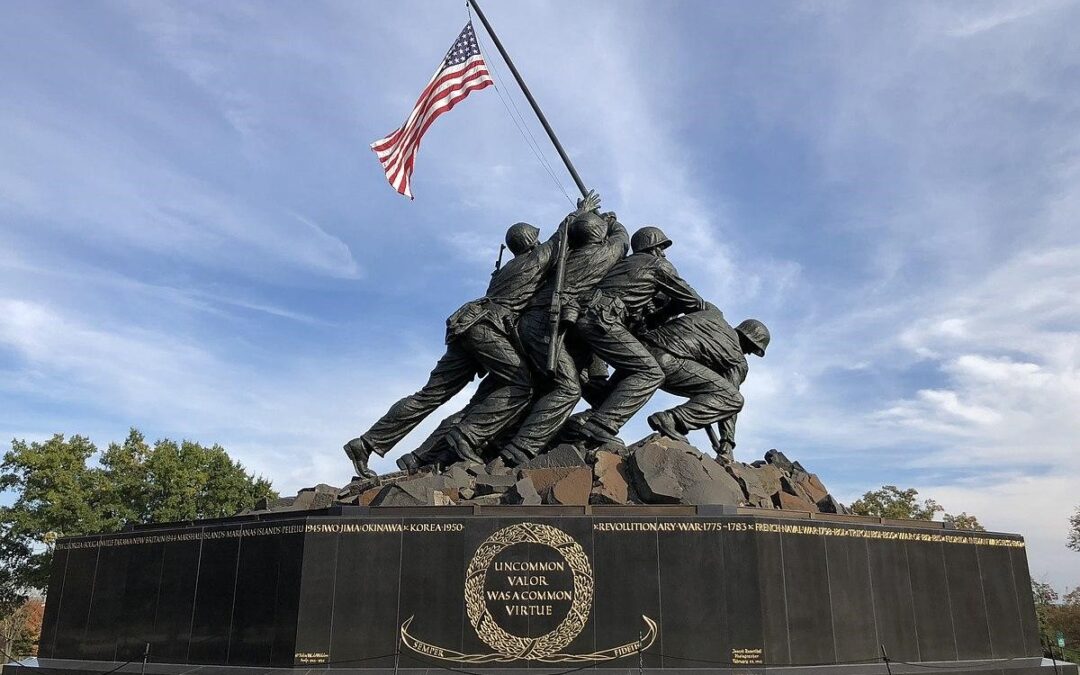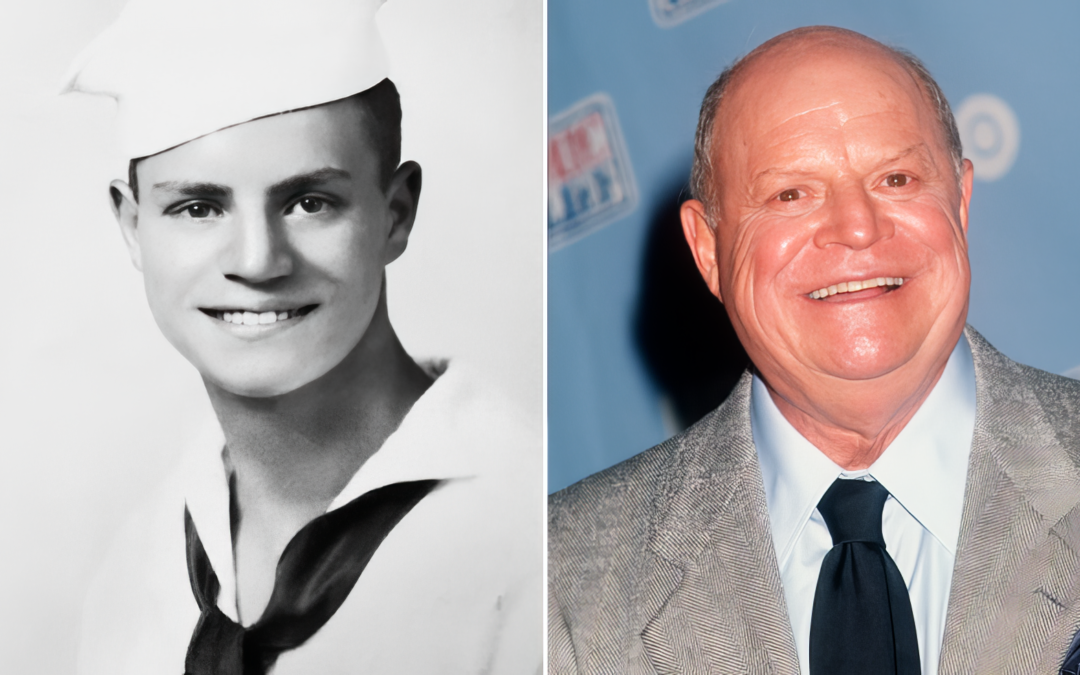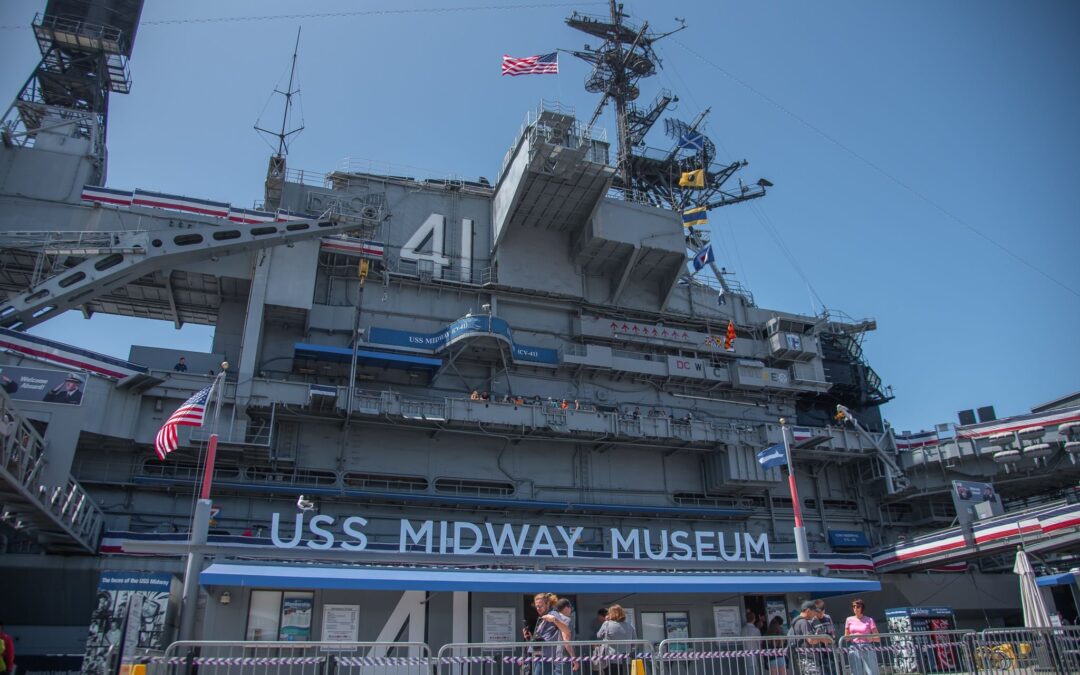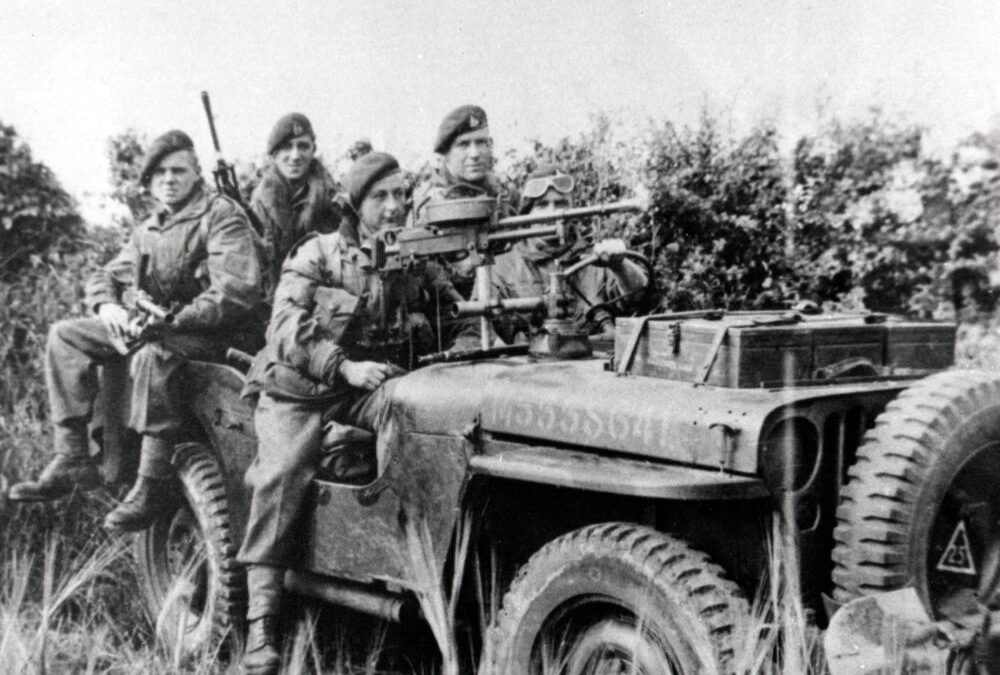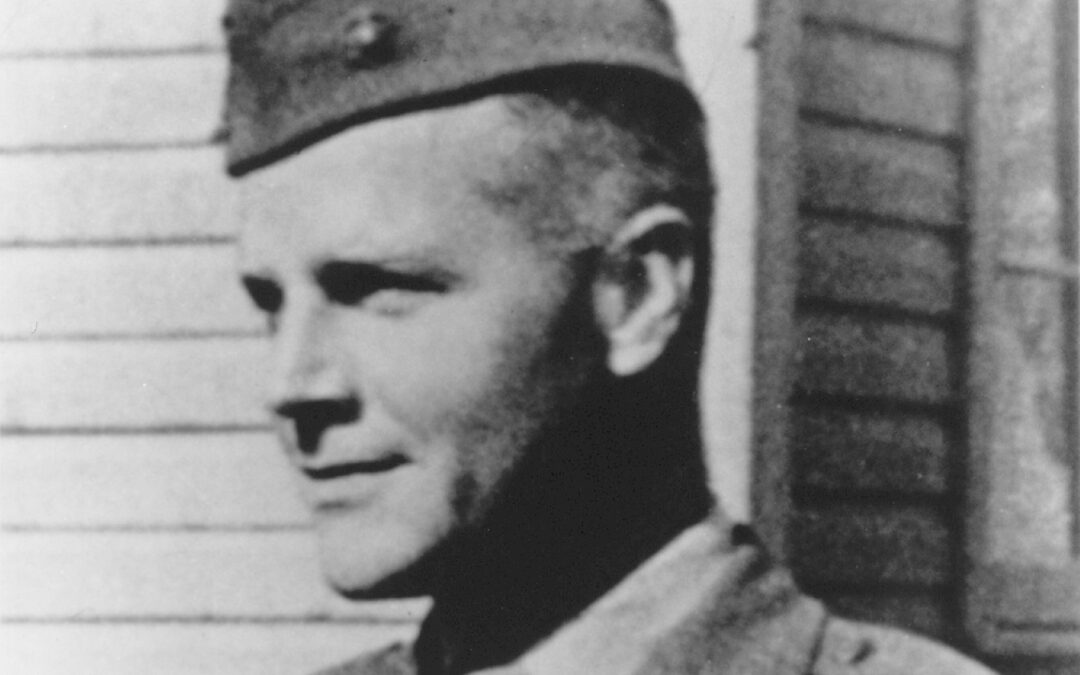VFA-31 (Strike Fighter Squadron 31) is the second oldest Navy attack fighter squadron. Known as the Tomcatters with the call sign "Felix," it is currently based at Naval Air Station Oceana in Virginia Beach, VA. It flies the F/A-18E Super Hornet. "V" stands for fixed wing, "F" stands for fighter, and "A" stands for attack. Chief Of Naval Operations Instruction (OPNAVINST) governs the squadron designation system. The Navy's oldest currently active squadron is VFA-14, and it has been redesignated 15 times since it was established in 1919. The Enduring Tale of Felix and the Tomcatters Over the history of U. S. Naval Aviation, many designations have been used multiple times, resulting in numerous unrelated squadrons bearing the same designation at different times. The use of letter abbreviations for squadrons was promulgated in the "Naval Aeronautic Organization for Fiscal Year 1923," which is the first known record associating the abbreviated Aircraft Class Designations (V-heavier than...
